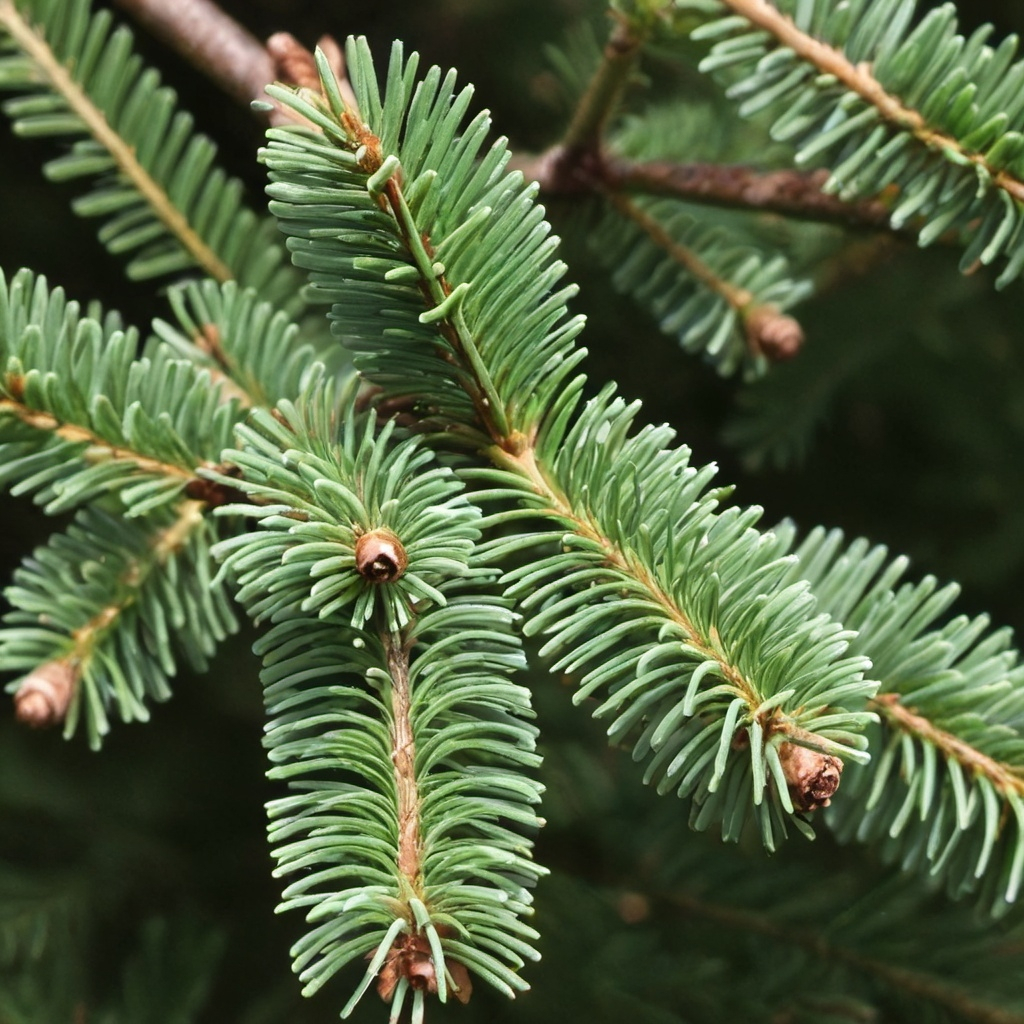Pindrow Fir Tree Seeds
Pindrow Fir Tree Seeds
Couldn't load pickup availability
Pindrow Fir Tree Seeds
(Abies pindrow)
Abies pindrow, commonly known as the West Himalayan fir or Pindrow fir, is a species of conifer in the pine family.
Description
- Height: Typically grows to a height of 40-60 meters (131-197 feet).
- Trunk Diameter: Can reach up to 2 meters (6.6 feet).
- Bark: The bark is smooth and gray when young, becoming rough and fissured with age.
- Leaves: The needles are dark green, glossy, and measure about 2-5 cm in length. They are arranged spirally on the shoots but twisted to appear in two rows.
- Cones: The seed cones are cylindrical, measuring 10-16 cm long and 4-6 cm wide. They start green and mature to a brown color.
Habitat
- Native Range: The tree is native to the western Himalayas, found in Afghanistan, Pakistan, India, and Nepal.
- Altitude: Typically grows at altitudes between 2,000 and 3,500 meters (6,600 and 11,500 feet).
Growing Conditions
- Soil: Prefers well-drained, acidic soils.
- Sunlight: Thrives in full sun to partial shade.
- Climate: Adapted to cool, moist climates; it requires high humidity and ample rainfall.
Uses
- Timber: The wood is used for construction, furniture, and paper pulp.
- Ornamental: Occasionally planted in parks and large gardens as an ornamental tree.
Zones: 8 to 9
Stratification Requirement: Seed does not require a pre-treatment
Planting Instructions:
Soil Preparation:
Use well-draining, acidic soil. You can mix organic compost to improve soil quality.
Ensure the planting site has good drainage and is free of weeds.
Sowing Seeds:
Sow the seeds on the soil surface and lightly cover them with a thin layer of soil or sand. Ensure the seeds are not buried too deep.
Watering:
Keep the soil consistently moist but not waterlogged. Water gently to avoid washing away the seeds.
Sunlight and Temperature:
Place the seeds in a location with partial shade to protect them from direct sunlight during germination. Maintain a cool temperature to mimic the natural environment of the Himalayas.
Germination:
Germination may take several weeks to months. Be patient and continue to monitor soil moisture and temperature.
Transplanting:
Once the seedlings have developed several sets of true leaves and are sturdy enough, transplant them to their permanent location. Choose a site with full sun to partial shade and well-draining soil.
Care:
Continue to water the young trees regularly, especially during dry periods.
Mulch around the base of the seedlings to retain moisture and control weeds.
Protect the young trees from pests and extreme weather conditions until they are established.
Share


